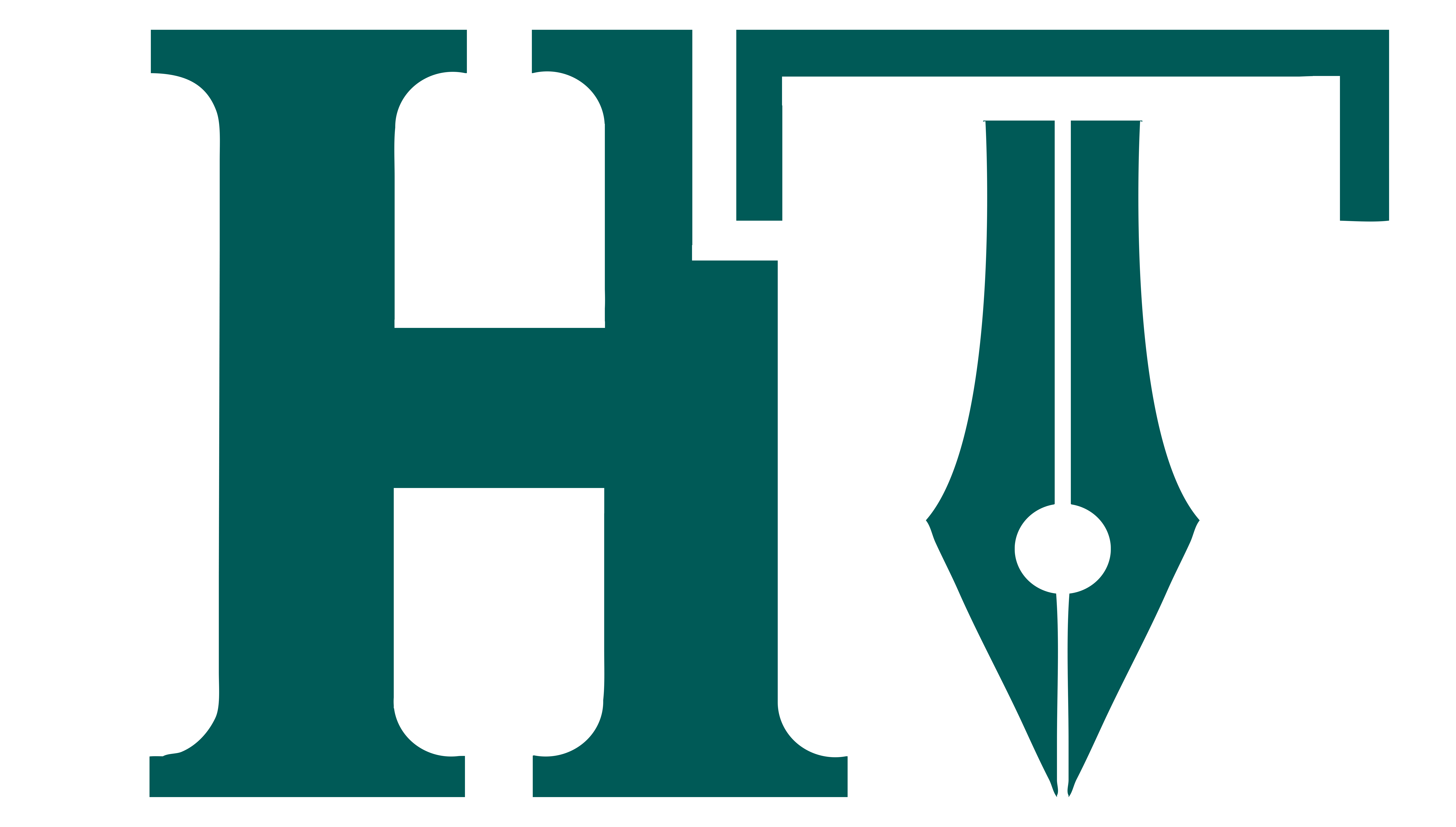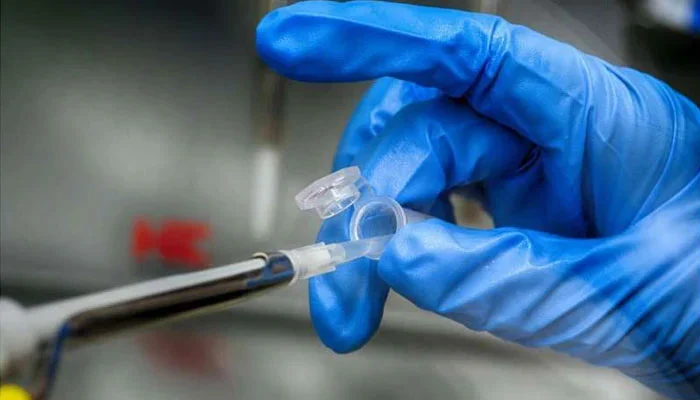Pakistan’s health sector faces a serious transparency gap that erodes public trust and lets harmful practices continue unchecked. Patients often wonder whether medicines are safe, whether healthcare providers are properly licensed, and whether regulatory agencies are doing enough to enforce rules.
One major concern is the lack of regulatory enforcement. Rules exist to control medicine quality, ethical marketing, and licensing of practitioners, yet many substandard and counterfeit drugs are still sold. Some healthcare providers operate without accreditation or necessary training under little scrutiny. Because inspections are rare and regulatory actions are seldom disclosed, unethical behavior can go on without consequences.
Promotional spending by pharmaceutical companies is another opaque area. There are rules meant to make interactions between doctors and pharma companies more transparent, but in practice marketing budgets, incentives, and gifts often happen behind closed doors. Without data on how promotional funds are used, it is difficult to know whether prescriptions are driven by patient need or by inducements.
The alternative medicine and nutraceutical sector is especially concerning because regulation is weak. Although law requires licensing, many such products are simply enlisted without rigorous quality checks. Consumers often do not know what ingredients, safety data, or manufacturing standards support the products they buy.
Part of the problem lies in regulatory capacity. There are too few inspectors, both for medicines and for practitioners. Agencies like DRAP, provincial health commissions, medical councils, and quality control boards often lack sufficient funding or trained personnel. In many cases, critical positions remain unfilled. Without technical human resources and legal authority, oversight is inconsistent.
Another contributing factor is the low awareness among patients. People often do not know what their rights are, or how to report violations. In the absence of easy complaint systems or publicly accessible records of regulatory decisions, patients are left to trust healthcare providers implicitly—even when rules are broken.
Medical education also needs reform. Ethics and regulation should not be afterthoughts in curricula. They must be fully embedded, with continuing training and mentoring to help future doctors, pharmacists, and other professionals understand their responsibilities.
To bridge the transparency gap, several reforms are urgent. Regulatory bodies should routinely publish enforcement actions, without naming individuals if privacy is an issue, but enough to show that rules are enforced. Pharmaceutical companies should disclose promotional spending and adhere to ethical marketing practices visibly. The alternative medicine sector must be brought fully under licensing, registration, and inspection protocols.
Regulatory agencies need reinforcement in terms of staffing, legal authority, and resources to execute their mandate. Roles like Federal Inspectors of Drugs should be filled and supported. Complaint and feedback systems should be made accessible and responsive.
Finally the health system must make patient awareness a priority. When citizens understand their rights, know what standards medicines should meet, and can report violations, the system gains its strongest oversight force.
Transparency in healthcare is not optional it is essential. Only when rules are applied openly, enforcement is visible, and the public is involved, will trust be restored and healthcare become truly patient-centred.



Comments (0)
No comments yet. Be the first to comment!
Leave a Comment